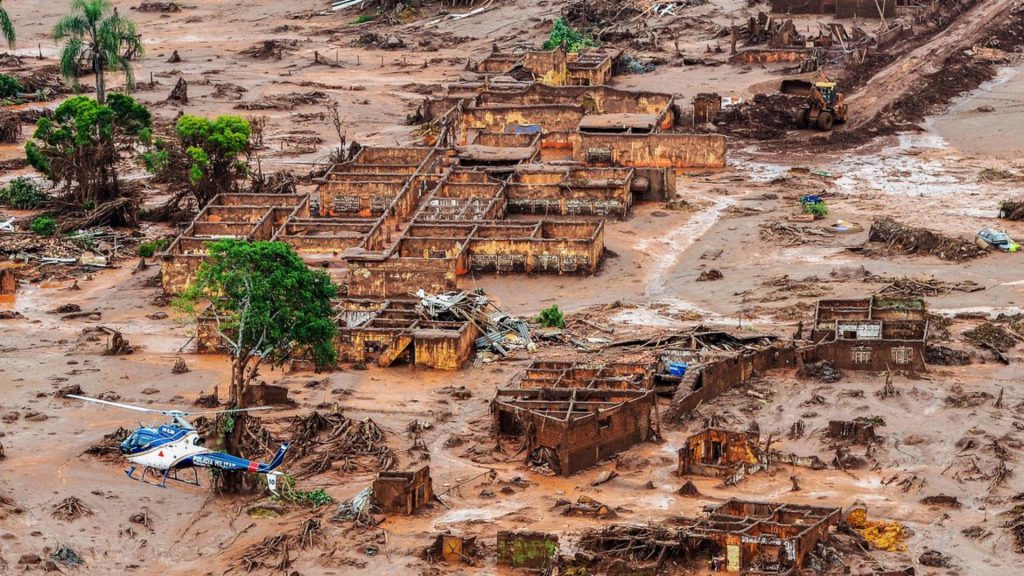
Vale (NYSE: VALE) reported on Thursday that 33 of its 104 dam structures in Brazil failed to receive positive stability assessments from the company’s dam monitoring system.
Of those dams that have not received positive stability assessments, 32 are in the ferrous metals operations.
The Xingu dam, in Mariana, was elevated to risk level 2, with level 3 on the scale indicating imminent risk of collapse.
Brazilian president Jair Bolsonaro sanctioned yesterday a bill that changes the rules of dam control
Xingu, which serves the Alegria iron ore mine, was also reclassified from a drainage structure to an upstream dam, the same type of construction used in the Mariana and Brumadinho dams that collapsed.
Local populations have been evacuated around nine of the structures, including the Xingu dam.
Vale said it was taking measures to improve dam stability and is in the process of building containment walls around five of its dams – B3/B4, Forquilhas I, II e III and Grupo – that are in the most critical condition. It completed a containment structure for its Sul Superior dam in March.
Earlier this month, federal prosecutors said Vale has repeatedly failed to deliver on commitments to improve on safety made following last year’s disaster at Brumadinho.
The Fire Brigade of Minas Gerais announced that a body was found Wednesday, 2 kilometers from the Brumadinho dam, but still has to be identified. Teams resumed on August 27th the search for the still missing bodies of 11 victims of the disaster.
Brazilian president Jair Bolsonaro sanctioned on Wednesday a bill that changes the rules of dam control and stipulates up to R$1 billion ($176 million) in fines for companies that fail to comply with safety standards.
The proposal, approved by the Congress, also prohibits the construction of reservoirs using the upstream raising method, the same used in Brumadinho, in which the dam grows in steps, using the mining waste itself, which is considered by experts to be a less safe option.
The government established February 25, 2022 as the deadline for mining companies to eliminate the dams built in this model.
(With files from Reuters)